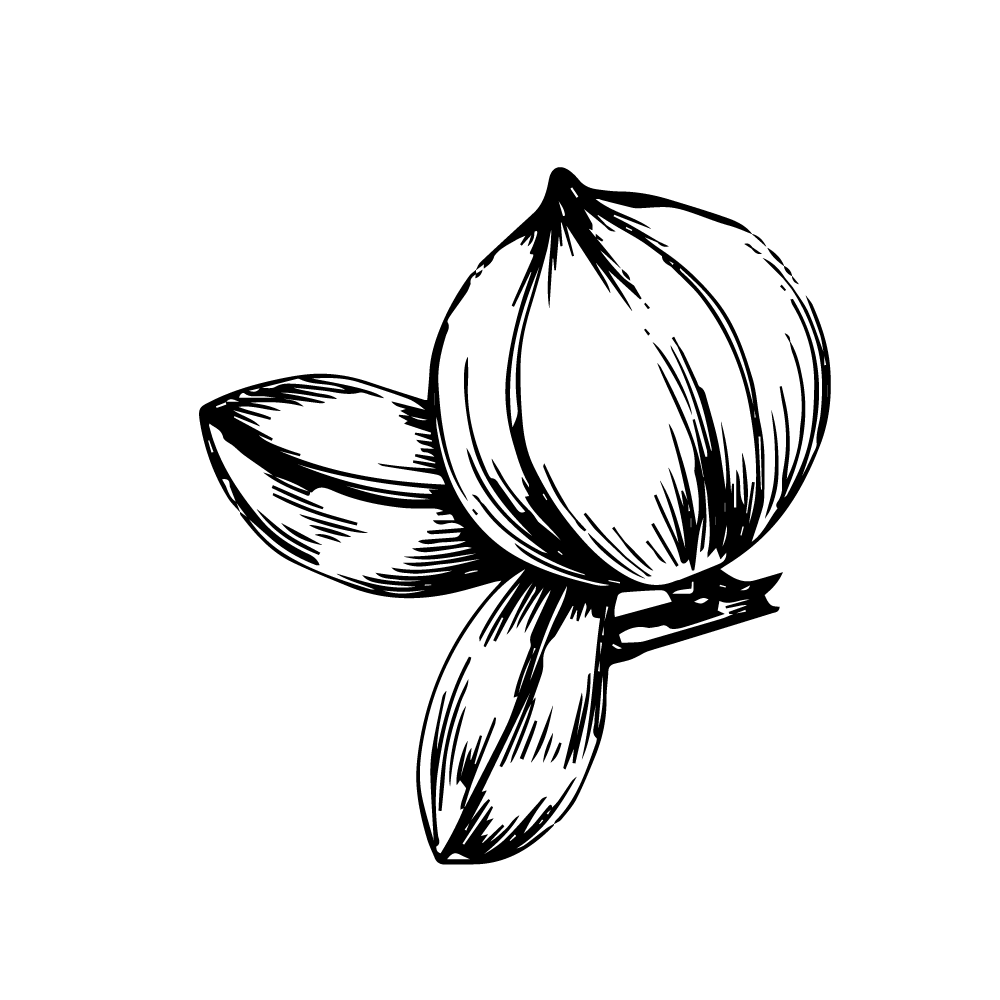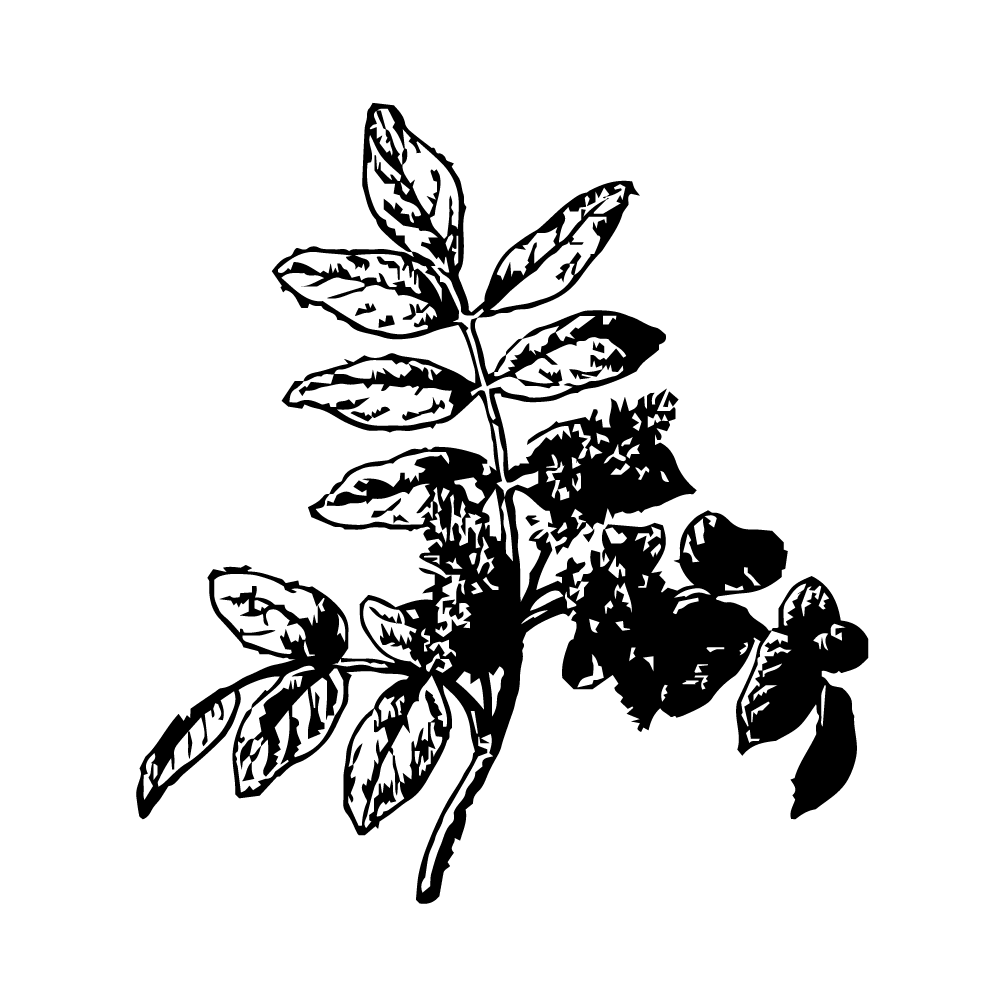Plant-Based oils & butters
-

Olive Oil
Ole europaea
Vegetable oil obtained by pressing olives. We use extra virgin olive oil from Crete, Greece. The term extra virgin denotes an unrefined oil of the highest quality that was cold-pressed without the use of chemical solvents.
-

Castor Oil
Ricinus Communis
Thick vegetable oil extracted by pressing the seeds of the castor oil plant. Gives soaps a wonderful lather and lip balms a wonderful shine!
-

Sweet Almond Oil
Prunus Dulcis
Vegetable oil extracted by pressing the kernels of the sweet almond tree. We love this lightweight oil for its skin conditioning properties and for being quickly absorbed by the skin.
-

Apricot Kernel Oil
Prunus armeniaca
Vegetable oil extracted from the kernels of the apricot fruit. Similar to sweet almond oil, it is a lightweight oil that is easily absorbed by the skin.
-

Avocado Oil
Prunus Dulcis
Vegetable oil extracted by pressing the kernels of the sweet almond tree. We love this lightweight oil for its skin conditioning properties and for being quickly absorbed by the skin.
-

Calendula Infused Oil
Calendula Officinalis Flower Extract
Sunflower oil that has been infused with calendula flowers. The infusion is done to enrich the base oil with components of the calendula plant in order to boost its skin conditioning properties.
-

Coconut Oil
Cocos nucifera
Vegetable oil extracted from the kernel of coconuts from the coconut palm. Solid at temperatures below 25 degrees Celsius. Loved by soap makers as it gives soaps a fluffy lather.
-

Shea Butter
Butyrospermum parkii
Vegetable fat extracted from the seeds of the African shea tree. It is valued in soap making due to its content in unsaponifiables; components that are not converted into soap through the saponification process and are rather left in the final soap bar as moisturizing agents.
-

Cocoa Butter
Theobroma cacao
Vegetable fat extracted from the bean of the cocoa tree. It has a lovely cocoa aroma and is widely used in skincare due to its emolient properites. Together with shea butter it brings out a creamy lather in the final soap bar.
-

Jojoba Oil
Simmondsia chinensis
A golden-yellow liquid extracted from the seed of the jojoba plant. Although usually referred to as oil, its composition is more that of a liquid wax. It is actually so similar to the composition of our own skin sebum that the skin absorbs it almost as being its own, regulating sebum production and reducing greasiness.
-

Grapeseed Oil
Vitis Vinifera
Vegetable oil extracted from the seeds of grapes. With a whooping 69% content in linoleic acid and a comedogenic rating of just 1, it is great for any facial applications involving oily skin as it moisturizes without leaving an oily residue.
-

Rosehp Seed Oil
Citrus Aurantium Dulcis Expressed
Essential oil produced by cold-pressing the peel of the orange fruit. One of the most loved essential oils with a delicious, fresh and sweet smell.
-

Safflower Oil
Carthamus tinctorius
A light, easily absorbed oil extracted from the seeds of the safflowers, safflower oil is one of the first crops to ever be cultivated. It is primarily composed of the omega-6 fatty (linoleic) acid which is believed to particularly aid acne-prone skin by regulating sebum production and clearing blocked pores.
-

Mango Butter
Mangifera indica
Vegetable butter extracted from the seed of the mango fruit. It gives a luxuriously smooth feel to lotions and creams, helps keep the skin soft while reducing the scars and cracks in dry skin.
-

Macadamia Oil
Citrus Aurantium Dulcis Expressed
Essential oil produced by cold-pressing the peel of the orange fruit. One of the most loved essential oils with a delicious, fresh and sweet smell.
-

Pomegranate Seed Oil
Punica Granatum
Vegetable oil extracted from the seeds of the pomegranate fruit. Its high content in the omega 5 punicic fatty acid is believed to give this oil strong anti-inflammatory properties. It is remarkable that it takes approx. 7kg of seeds and 700kg of fruit to produce just a kilogram of oil.
-

Argan Oil
Argania spinosa
Vegetable oil extracted from the seed of the Moroccan argan tree. It boasts a comedogenic rating of zero making it perfect for facial applications as a non pore clogging oil.
-

Rice Bran Oil
Oryza Sativa
Extracted from the bran of the rice kernel, rice bran oil is a wonderful moisturiser for dry skin. It is rich in antioxidants which slow down the aging process and it is often used for sensitive as well as mature skin.
-

Sea Buckthorn Fruit Oil
Hippopae rhamnoides
Red-coloured oil extracted from the seeds and pulp (berries) of the sea buckthorn plant. It is believed to have skin healing and cell regenerative properties thanks to its antioxidant and essential fatty acid content.
-
-
Essential Oils
-

Cedarwood Bark Oil
Cedrus atlantica
Essential oil extracted from the bark of the Atlas cedar tree, a coniferous evergreen tree reaching a height of up to 40 meters. It is this tree that inspired the name for the Evergreen face cream.
-

Mandarin Peel Oil
Citrus nobilis
Essential oil produced by cold-pressing the peels of the mandarin orange fruit. It has a bright orange colour and a wonderful, fresh aroma.
-

Bergamot Fruit Oil
Citrus Aurantium Bergamia
Essential oil extracted from the fruit of the citrus bergamia tree. It has a citrus aroma with sweet floral undertones. We use the oil that is Bergaptene- free.
-

Eucalyptus Leaf Oil
Eucalyptus smiithii
Essential oil produced through the steam distillation of the Eucalyptus smiithii tree leaves. We find that eucalyptus has a comforting and relaxing scent that blends wonderfully well with the equally soothing tea tree and lavender.
-

Lavender Flower Oil
Lavandula officinalis
Essential oil produced by the steam distillation of the lavender flower heads. One of the most loved essential oils with a long history as a bath and skincare additive clearly demonstrated by its name, which is derived from the latin root "lavare", meaning to wash or to bathe.
-

May Chang Fruit Oil
Litsea cubeba
Essential oil extracted from the small, pepperlike fruits of the litsea cubeba shrub through steam distillation. The oil has a lovely citrus aroma and lends our Night & Day soap its fresh and lemon-like fragrance.
-

Ylang Ylang Flower Oil
Cananga odorata
Essential oil extracted by steam distilling the flowers of the tropical cananga tree. Its sweet floral aroma gives our Body Cream a tropical vibe.
-

Rose Geranium Leaf Oil
Pelargonium roseum
Essential oil derived from the leaves and stem of the rose geranium shrub. Its aroma greatly resembles that of the rose.
-

Tea Tree Leaf Oil
Melaleuca alternifolia
Essential oil extracted from the leaves of the tea tree. We find that its fresh camphoraceous fragrance nicely harmonises with the eucalyptus aroma in the Deep Dusk soap.
-

Lemongrass Leaf Oil
Cymbopogon flexuosus
Essential oil produced by the steam distillation of the lemongrass leaves. Another plant with a sharp citrus aroma and deep grassy undertones.
-

Patchouli Leaf Oil
Pogostemon cablin
Essential oil extracted from the leaves of the patchouli plant through steam distillation. It has long been used in parfumery thanks to its strong, musky and earthy scent.
-

Sweet Orange Peel Oil
Citrus Aurantium Dulcis Expressed
Essential oil produced by cold-pressing the peel of the orange fruit. One of the most loved essential oils with a delicious, fresh and sweet smell.
-

Cinnamon Leaf Oil
Cinnamomum Zeylanicum Leaf Oil
Essential oil can be extracted from leaves of the cinnamon tree through steam distillation. Its sweet comforting aroma is believed to relieve stress and exhaustion and act as an anti-depressant.
-

Peppermint Leaf Oil
Mentha piperita
Essential oil extracted through steam distillation of the mint leaves. Products which contain peppermint oil leave a refreshing, cooling sensation when applied on the skin. It is astringent, meaning that it helps tighten the skin and close pores. Products with menthol should not be used on small children.
-

Lemon Myrtle Leaf Oil
Backhousia Citriodora
Essential oil extracted through the steam distillation of the lemon myrtle leaves. It has a refreshing lemony aroma and potent antimicrobial properties owing to its high content in Citral, which make it ideal for cleansing formulations.
-

Ginger Root Oil
Zingiber officinale
Essential oil derived from the ginger root via steam distillation. It has a complex scent profile with a blend of woodsy, sweet, spicy and warm notes. It has earned the title "oil of empowerment" in aromatherapy as it is believed to boost self-confidence and feelings of wellness.
-

Nutmeg Kernel Oil
Myristica fragrans
Essential oil extracted from the seeds of the nutmeg tree. Its strong musky scent is said to promote relaxation and have a calming effect. Nutmeg has been a spice so valued throughout history that conflicts over its distribution even led to the so-called "Nutmeg Wars" in the 17th century.
-

Vetiver Root Oil
Vetiveria Zizanoides
Essential oil derived from the roots of the vetiver plant through steam distillation. Long used in perfumery for its strong woodsy, earthy and somewhat smoky scent and most commonly in masculine fragrance blends.
-

Fir Needle Siberian Oil
Abies Sibirica
Essential oil extracted from the fir needles via steam distillation. We find that its fresh, sweet, coniferous aroma mentally transports us to the outdoors and promotes a sense of relaxation and well-being.
-

Palmarosa Oil
Cymbopogan Martini
Essential oil derived through the steam distillation of the palmarosa leaves. Although belonging to the lemongrass family, it has a sweet floral scent reminiscent of rose. It has strong antibacterial, antifungal and antiviral properties and it is believed to reduce excess perspiration.
-

Lemon Peel Oil
Citrus Limon
Essential oil which can be derived through the cold-pressing or steam distillation of the lemon peels. We only use the steam distilled essential oil which is not phototoxic. One of the most potent antimicrobial oils and also believed to tone, tighten and detoxify the skin.
-

Rosemary Leaf Oil
Rosmarinus officinalis
Essential oil extracted from the rosemary plant leaves through steam distillation. A plant so valued that it was considered sacred by many civilasations throughout history. With its potent anti-septic, anti-inflammatory, antioxidant and astrigent properties it soothes and rejuvenates the skin while eliminating harmful skin bacteria.
-
-
Botanical, Fruit & Tree Extracts
-

Chios Mastiha
Pistacia lentiscus var. Chia
Mastiha is a unique resinous sap that is extracted from the mastic trees. It has long been valued for the multitude of its therapeutic and aromatic properties. Scientific studies have proven its potent anti-inflammatory, anti-microbial and antioxidant properties for a variety of applications.
-

Coconut Milk
Cocos Nucifera fruit extract
Fatty liquid that is produced by combining the inner flesh of the coconut with water, giving it a milky appearance. We especially enjoy using it in our Honey Pot and Our Daily mIlk soap for its skin conditioning properties and for making the soaps milder and creamier.
-

Poppy Seeds
Papaver Somniferum
Seed harvested from the dried seed pods of the poppy flowering plant. We love using poppy seeds in our Piece of Cake soap and Cranberry Spice Sugar Scrub scrub as a natural exfoliant.
-

Chamomile Flower Powder
Chamomilla Recutita (Matricaria)
Aromatic herb widely used in skin care applications due to its soothing and wound-healing properties. It helps diminish inflammation and irritation and improve hair and skin complexion.
-

Cranberry Fruit Powder
Vaccinium Macrocarpon
Cranberries have rightly earned the "superfood" title both in the food and skin care category. They are packed with an array of nutrients and antioxidants which are known to combat free radicals and slow down the ageing process.
Waxes & Emulsifiers
-

Beeswax
Cera Alba
Wax secreted by worker bees to build honeycomb cells. Historically used for candle making and popular for skin care products due to the protective film-forming barrier it creates on the skin. We use the natural yellow, unbleached beeswax in our formulations.
-

Berry Wax
Rhus verniciflua peel cera
Plant-based wax derived from the peel of the Rhus verniciflua tree berries. After harvesting and drying the berries, they are steamed and pressed in order to release the waxy substance they contain.
-

Brassica Alcohol
Vegan, palm-free emulsifier and thickener derived from the brassica (rapeseed) flowering plant, a member of the cabbage plant family. It is a wonderful emollient and improves texture and skin feel of lotions and balms.
-

Olive Emulsifying Wax
Cetearyl olivate, Sorbitan Olivate
Plant-derived emulsifer synthetically developed from olives for use oil in water emulsions. Emulsifiers are used to bind the water and oil phases, which normally do not mix, to create a cream or lotion. Accepted for use in natural and organic cosmetics by natural cosmetics certification bodies such as ECOCERT.
-

Soy Wax
Hydrogenated Soy Bean Oil
Vegetable wax derived from soy bean oil. Soy wax is primarily used in candle making and it is an eco-friendly alternative to the non-sustainable paraffin (petroleum-derived) wax. It is our wax of choice for our natural and vegan candle range.
Natural Clays & Additives
-

Kaolin Clay
Kaolin
Natural clay mineral formed by the chemical weathering of rocks in moist environments and extracted through mining. It is valued in cosmetic formulations due to its absorbent properties, making it especially useful for oily skin types.
-

Red French Clay
Illite
Similarly to Kaolin, illite is a clay mineral used in skincare for its absorbent properties as well as its appealing natural reddish colour. It cleanses the skin from excess oil, sebum secretions and impurities.
-

Pink French Clay
Montmorillonite, Illite
A combination of white and red clays, pink clay gently cleanses the skin by removing dead skin cells and detoxifying the skin.
-

Activated Charcoal or Carbon
Charcoal powder
Carbon powder with powerful adsorption properties. The effect of it in cosmetic applications is that dirt, toxins or impurities are drawn towards the activated carbon and adhere to its surface. When the activated carbon is washed away, it then takes these impurities away with it. We use activated charcoal derived from coconut shells.
-

Vitamin E
Tocopherol
A powerful antioxidant and nutrient used in skin care to promote skin cell regeneration, soothe inflamed, dry and irritated skin and prevent damage caused by free radicals. It nourishes and maintains healthy, youthful-looking skin.
-

Rosemary CO2 Leaf Extract
Rosmarinus Officinalis
One of the most potent antioxidants, even more so that Vitamin E (tocopherol). As an antioxidant it combats pre-mature aging and maintains a healthy skin complexion. We like creating an antioxidant blend made of both the rosemary leaf extract and Vitamin E to enhance their regenerative properties and boost their effectiveness in our formumations.
-

Arabica Coffee Powder
Coffea arabica
Powder derived from grinding the beans of the coffea arabica plant. Arabica coffee is one of the most popular coffee plant species cultivated nowadays. We love using ground arabica coffee not only for its delicious aroma but also as a natural eco-friendly exfoliant.
-

Cocoa Powder
Theobroma cacao
After most of the cocoa butter is extracted from the cocoa beans, the remaining dried and roasted cocoa solids are ground into cocoa powder. We use raw, untreated cocoa powder in our Morning Coffee soap.
-

Honey
Sweet food substance produced by bees through flower nectar consumption. Its antibacterial and anti-inflammatory properties have been valued throughout history. In soaps it creates a nice bubbly lather.
Functional Ingredients
-

Organic Beet Sugar
Sucrose
Sugar extracted from the roots of the sugar beet plant. It is a natural, biodegradable ingredient that gently exfoliates while slowly melting away as it is massaged onto the skin.
-

Acacia Gum
Acacia Senegal Gum
Acacia gum, also known as gum arabic, is a natural gum derived from the sap of the acacia tree. It is often used in both food and skin care as a thickening and stabilising agent. Its reputed benefits include skin soothing, tightening and boosting the skin's natural collagen fibers.
-

Xanthan Gum
Xanthan Gum
Similar to acacia gum, xanthan gum is also very commonly used in foodstuffs and cosmetic products as a thickener and viscosity modifier. It is a vegan ingredient produced through the fermentation of corn sugar.
-

Citric Acid
Citric acid
Organic acid which naturally occurs in citrus fruits. It is widely used in foodstuffs as a preservative or to impart a sour taste. In cosmetics it is commonly used as a "pH modifier" as it can reduce the pH of final formulations when needed.
-

Glycerine
Glycerin
Vegetable glycerine is a liquid derived from plant oils such as coconut or soy bean oil. A very versatile ingredient, loved by skincare formulators for its ability to lock in the skin's moisture and diminish dryness and itchiness.
-

Benzyl Alcohol & Dehydroacetic Acid
Benzyl alcohol is a liquid commonly found in plants or fruits that can also be synthetically produced to be the same as that found in nature. It is widely used in natural cosmetic product formulations in small amounts as a preservative against bacteria growth. Dehydroacetic acid is an organic compound which is also widely used in natural cosmetics formulation as a bacteria and fungi growth inhibitor.
-

Lye
Sodium Hydroxide
Alkaline (basic) compound used in the manufacture of soaps. Natural soap is made by combining fats with a base. The base is either sodium hydroxide for solid soap or potassium hydroxide for liquid soap. The reaction that occurs when combining the alkali and the fats is called saponification and it is this reaction that then turns the oils into soap. No lye remains in the final soap bar after saponification.
-
Plant-derived surfactants
-

Sodium Cocoyl Apple Amino Acids
Biodegradable mild cleanser derived from apple amino acids.
-

Decyl Glucoside & Coco Glucoside
Biodegradable mild cleanser derived from coconut, sugar and corn.
-

Sodium Cocoyl Isethionate
Biodegradable mild cleanser derived from coconut.
-

Disodium Cocoyl Glutamate & Sodium Cocoyl Glutamate
Biodegradable mild cleanser derived from coconut and molasses.




































































